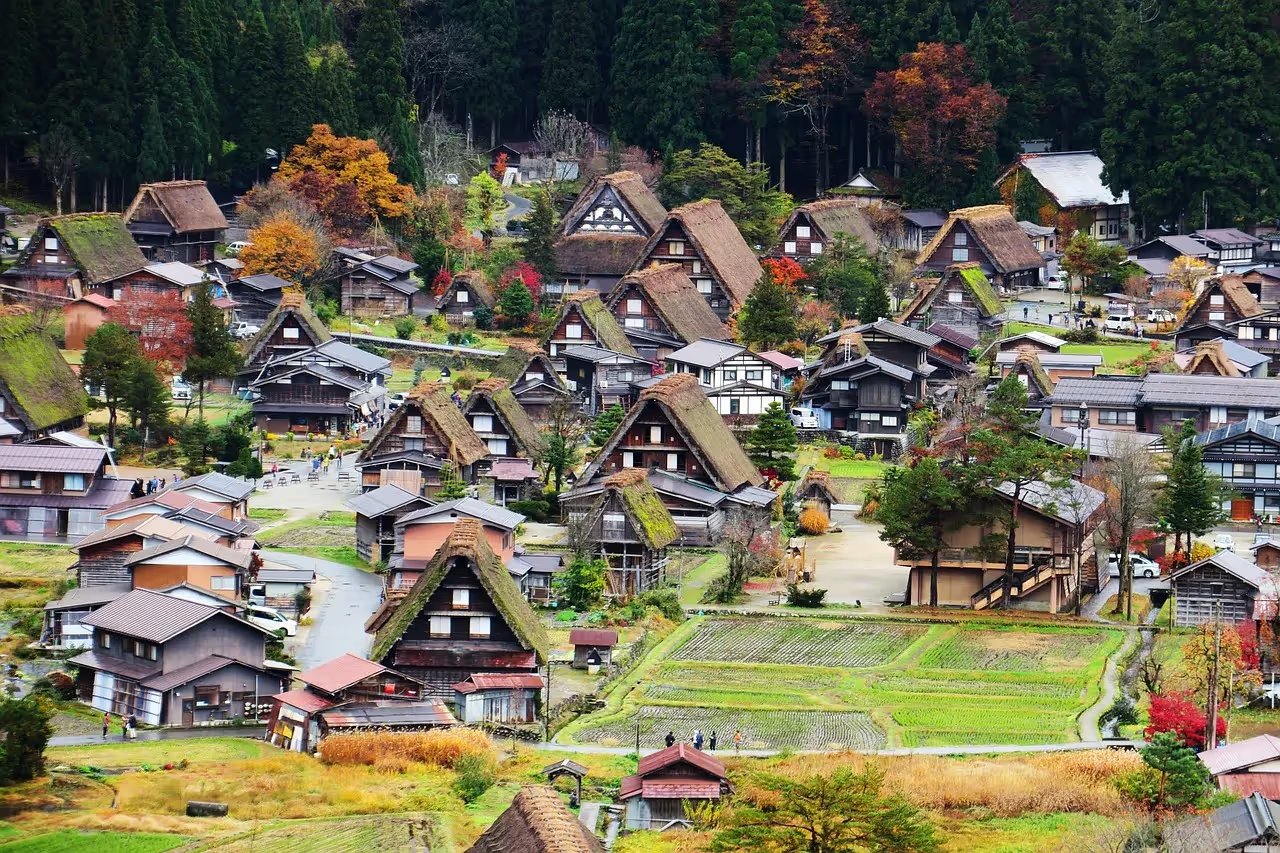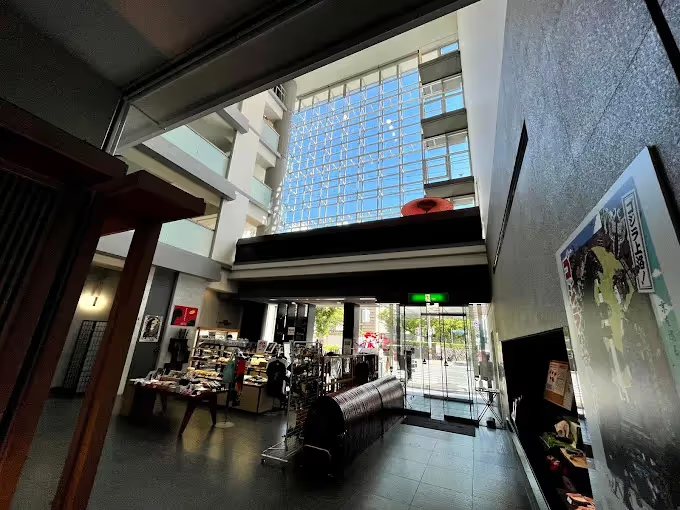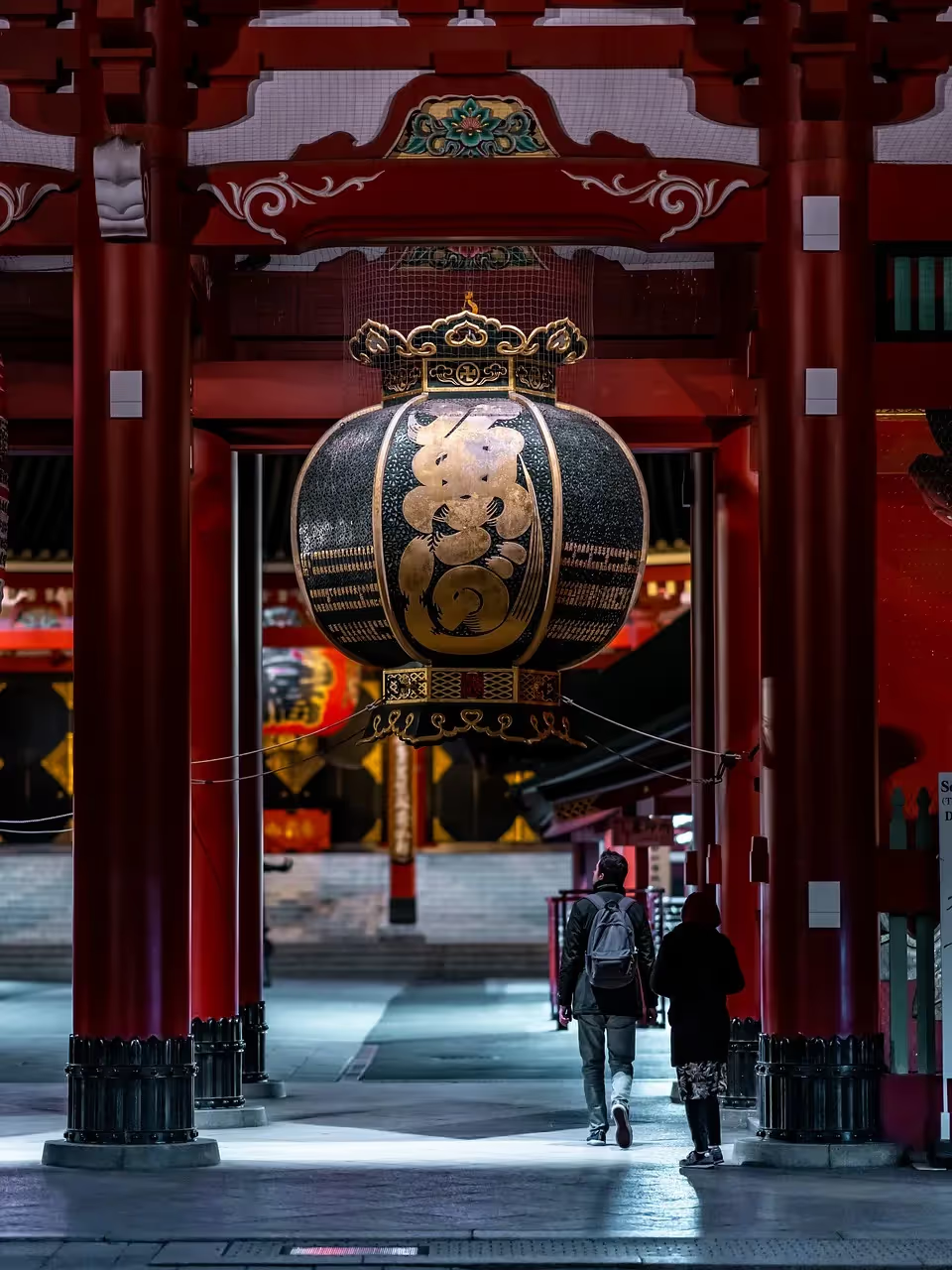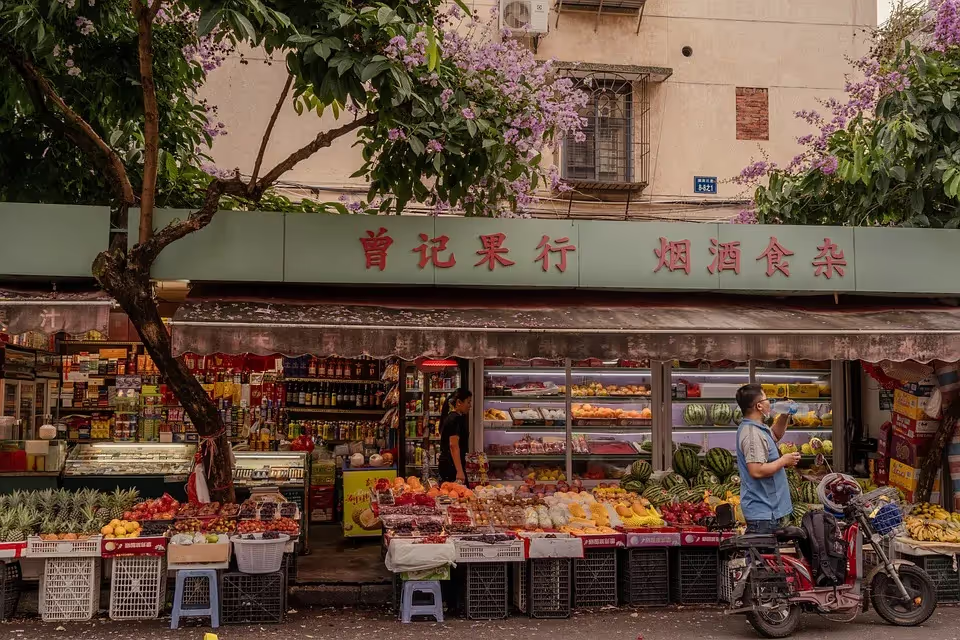Subscribe to our newsletter

Watch Video: Escape the Tourist Trap: 8 Authentic Kyoto Experiences
While Kyoto is famous for its stunning temples, shrines, and historic districts, there are plenty of lesser-known activities and hidden gems that allow you to experience the city like a local. If you want to escape the crowds and uncover a different side of Kyoto, here are eight non-touristy things to do.
Blog navigation
1. Explore the Philosopher’s Path
The Philosopher’s Path is a picturesque canal-side walkway lined with cherry trees, stretching between Ginkaku-ji and Nanzen-ji. While it can get busy during cherry blossom season, visiting early in the morning or off-peak seasons allows for a peaceful stroll. Along the path, you'll discover charming cafes, small temples, and unique shops, offering a serene escape from the more crowded tourist spots.
Tip: Bring a sketchbook or journal to enjoy the tranquility and inspiration of this beautiful setting.

2. Visit the Ohara Village
Located about an hour from downtown Kyoto, Ohara is a rural village surrounded by mountains and rice fields. It offers a glimpse into traditional countryside life. Visit Sanzen-in Temple, known for its serene gardens and moss-covered statues, and explore the local shops selling handmade crafts and organic produce.
Tip: Stop by a local soba shop for a delicious, freshly made meal.

3. Discover the Kyoto International Manga Museum
For manga enthusiasts, the Kyoto International Manga Museum is a hidden gem. This unique museum features a vast collection of over 300,000 manga titles that visitors can freely read in a cozy, inviting environment. The museum often hosts special exhibitions and events, providing insight into Japan's vibrant manga culture.
Tip: Bring your favorite snacks and spend an afternoon indulging in your favorite manga.

4. Take a Cooking Class
Immerse yourself in Kyoto’s culinary culture by taking a cooking class. Many local chefs offer workshops where you can learn to make traditional dishes like yudofu (tofu hot pot) or kaiseki (multi-course meal). This hands-on experience allows you to connect with local ingredients and culinary techniques.
Tip: Opt for a class that includes a market tour to shop for fresh ingredients before cooking.

5. Explore the Hidden Temples of Kurama and Kibune
Take a day trip to the rural areas of Kurama and Kibune, two charming villages located in the northern mountains of Kyoto. Kurama is home to the healing Kifune Onsen (hot springs) and Kifune Shrine, while Kibune features beautiful hiking trails and serene shrines. The scenic hike between the two villages takes about an hour and rewards you with stunning views of nature.
Tip: Enjoy a meal at one of the riverside restaurants in Kibune, especially in the warmer months when they set up outdoor dining platforms over the river.

6. Visit the Artisans in the Kyoto Handicraft Center
The Kyoto Handicraft Center showcases traditional Japanese crafts such as pottery, textiles, and lacquerware. Visitors can observe artisans at work and even participate in workshops to create their own handicrafts. This is a great way to learn about Kyoto's rich artisan culture while supporting local craftsmen.
Tip: Check the schedule for special events or demonstrations to see artisans showcasing their skills.

7. Relax at the Nanzen-ji Temple Complex
While many tourists flock to the more famous temples, the Nanzen-ji Temple Complex offers a quieter experience with its stunning gardens and historical buildings. Explore the expansive grounds, which include multiple sub-temples and beautiful zen gardens. The aqueduct, built during the Meiji period, adds a unique touch to the landscape.
Tip: Visit in the early morning for a serene atmosphere and fewer crowds

8. Wander Through the Nishiki Market’s Back Streets
While the main area of Nishiki Market can get busy with tourists, exploring the back streets reveals a different side of the market. Discover hidden food stalls, local shops, and lesser-known eateries serving authentic Kyoto-style dishes. This is the perfect opportunity to try street food and sample local delicacies without the hustle and bustle.
Tip: Don’t miss trying yudofu (tofu hot pot) or wagashi (traditional sweets) from one of the local vendors.

Conclusion
Kyoto is rich in history and culture beyond its well-known attractions. By exploring these non-touristy activities, you can experience the city in a more authentic way and gain a deeper appreciation for its local traditions. Whether it’s enjoying the tranquility of hidden temples or indulging in local cuisine, these hidden gems offer unique insights into the heart of Kyoto.



















